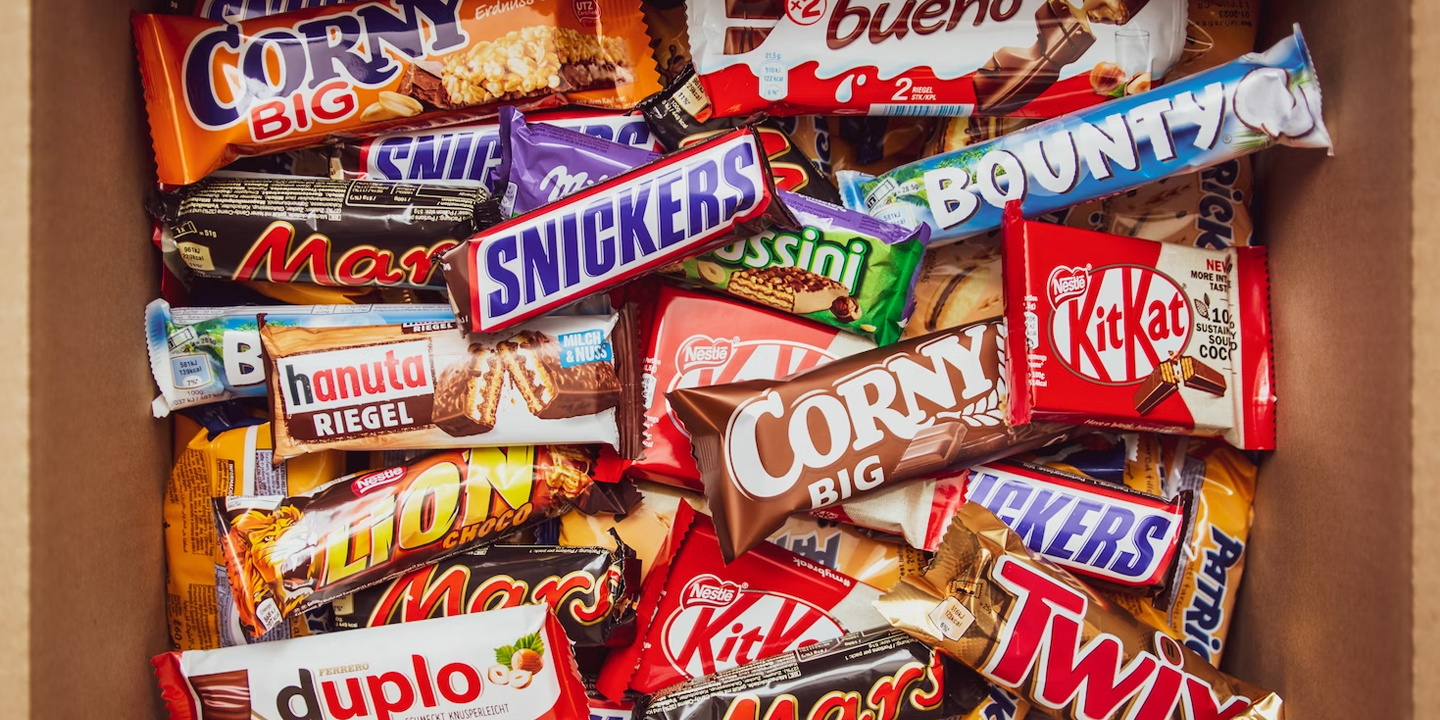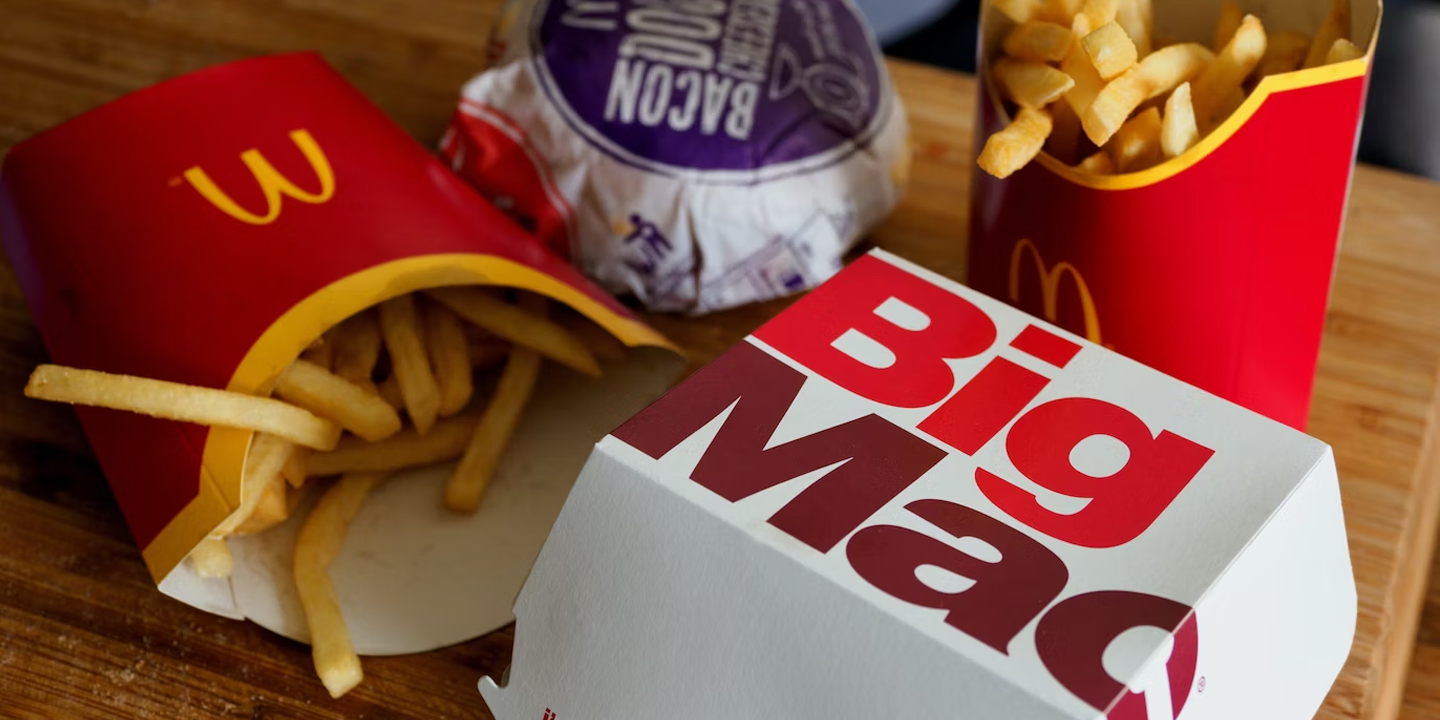Have a Taste of History
The list of foods that define humanity is a long one, but here's our attempt at breaking it down. These dishes left their mark on civilization, whether by advancing trade routes, solidifying kingdoms, or keeping us warm during those cold winters.
 Photo by cottonbro studio on Pexels
Photo by cottonbro studio on Pexels
1. Honey
Arguably one of the oldest foods, bee products were found stashed in pots 8500 years ago. While the oldest finding dates to 7000 BC in Anatolia, honey has been found in the Balkans, Egypt, and even in the homes of Neolithic farmers. Talk about a long shelf life.
2. Bread
Another super versatile food, bread dates back to 10000 BC with modern iterations, such as sourdough, making its first appearances in 6000 BC in Egypt. Despite this long history, bread has been tailored to fit varying civilizations, whether it be French baguettes, Polish bagels, or pretzels—which were impressively made by European monks in the 6th century!
3. Porridge
Porridge is as much a staple today as it is historically, with origins tracing back to the Paleolithic era up to 30,000 years ago. Eating hot grains in a soft, mush-like format has been the basis of hearty cooking for centuries. In ancient civilizations, porridge was reserved for animals and peasants, but nowadays it's revered by diet influencers.
 Photo by Eva Bronzini on Pexels
Photo by Eva Bronzini on Pexels
4. Pilaf
Pilaf, which is a sauteed rice dish, is as well-traveled as they come. Despite originating in Persia, it followed migration patterns around the continent, making its way into the Middle East and across Europe before landing in the New World. Debates continue today about pilaf's true origin, making it a dish everyone wants a piece of.
 Photo by Алексей Вечерин on Pexels
Photo by Алексей Вечерин on Pexels
5. Polenta
Another grainy soft-serve dish, polenta gets its origin from ancient Rome, where a mixture of ground barley and fava beans defined an empire. Now considered Italy's comfort food, the dish survived many changes, finding itself at home on Michelin-star plates in modern times.
 Photo by Alex Favali on Pexels
Photo by Alex Favali on Pexels
6. Fish and Chips
A more recent innovation, fish and chips were first introduced in the United Kingdom in the 1860s—and still plays a defining role in history. Winston Churchill referred to them as "good companions" and ensured they were never rationed during war times. This allowed the beloved dish to boost morale for the working class, whether it be during the industrial revolution or the world wars.
 Photo by Rachel Claire on Pexels
Photo by Rachel Claire on Pexels
7. Miso Soup
First introduced by Buddhist priests 1300 years ago, miso soup has become a cornerstone of Japanese cooking. It quickly became a daily meal and was adored by the working class, samurais, civil war commanders, and now, tourists. It also serves as a base to miso ramen!
 Photo by Marvin Sacdalan on Pexels
Photo by Marvin Sacdalan on Pexels
8. Tamales
Ancient civilizations have made tamales since 8000 BC, though the dish was likely introduced by the Aztecs. In fact, Aztec warriors were known to carry tamales as a portable food when participating in battles, and they were even offered as delicacies to the gods during religious ceremonies. Women would prepare them in hot ash, but switched to a steaming method after Spanish conquistadors introduced pots and pans.
 Photo by Vidal Balielo Jr. on Pexels
Photo by Vidal Balielo Jr. on Pexels
9. Garum
While fermented fish sauce might not sound the tastiest, it was all the rage in ancient Rome. Known as Garum, this condiment spread across the world and was adored throughout the medieval period. However, once Roman trade routes were disrupted, its spread slowly disappeared.
 Photo by Wagner Wang on Pexels
Photo by Wagner Wang on Pexels
10. Meatloaf
Depending on who you ask, this dish's origin is German, Czech, Dutch, Belgian, or Scandinavian. Either way, its become synonymous with Americana, served as a staple 1950s meal as the poster child for TV dinners.
11. Water Pie
This dish truly shows human beings' ingenuity. During the Great Depression, families had to make the most of few ingredients. This led to the creation of water pie, where the filling was, in fact, mostly water. With eggs and milk in short supply, cooks would combine butter, sugar, flour, vanilla extract, and a whole bunch of water to create this affordable dessert.
 Photo by Life Of Pix on Pexels
Photo by Life Of Pix on Pexels
12. Ful Medames
This famed Egyptian dish dates as far back as the 4th century, but has now spread to countries like Sudan, the Middle East, and Yemen. Made of dried fava beans and customized toppings, the dish became the staple breakfast for all of Cairo's population during the 11th century, where pots had to simmer through the night to keep up with demand.
 Photo by Shameel mukkath on Pexels
Photo by Shameel mukkath on Pexels
13. Venison
During the medieval period, venison was a dish regarded by royalty. A royal forest would be designated for kings, and others were forbidden from hunting or foraging within those grounds. After a proper royal hunt, venison became the star of the show and was a must-have at any feast.
14. Biryani
While you can find this dish at any local Indian restaurant, its origins are of a royal nature. Created in the king's kitchens during the Mughal Empire, Biryani is a rice dish beloved by numerous countries. Although everyone has their preferences, traditionally the dish can be made with as many as 15 different spices.
15. Trifle
A classic must-have on every Victorian aristocrat's table, trifle was known for its indulgent and extravagant look. It was considered a crowd-pleaser and gained popularity during the 19th century. During the Victorian era, it was a go-to for parties and Christmas.
 Photo by Marcelo Verfe on Pexels
Photo by Marcelo Verfe on Pexels
16. Kimchi
Kimchi was originally created as a safe way to store vegetables during cold Korean winters. However, it quickly grew in popularity due to its gut health benefits and delicious taste. Now it's considered a symbol of Korean identity and food culture.
 Photo by Antoni Shkraba on Pexels
Photo by Antoni Shkraba on Pexels
17. Olive Oil
Another Mediterranean staple, olive oil has been an influential dish in Greek and Roman cuisine. Aside from its association with gods and luxury, it was also used as a body oil during Spartan workouts and a form of birth control. Notably, the olive tree was considered a gift to Athens from the Goddess Athena herself, cementing its symbolic value.
18. Injera
This beloved Ethiopian bread dish has become a significant part of every meal, whether complimenting a stew or curry. A 6000-year-old grain known as teff served as the source of the unique flour—making Injera was considered an art, with techniques passed down from one generation to another.
 Photo by Deane Bayas on Pexels
Photo by Deane Bayas on Pexels
19. Cornbread
If you think of cornbread and picture Southern fried chicken and greens, it might surprise you to hear they actually originate in Native American culture. In fact, cornbread is older than America itself, used by Natives for thousands of years. Since corn was popular at the time, cooks would dry and grind it before turning it into cakes and porridge.
 Photo by Livier Garcia on Pexels
Photo by Livier Garcia on Pexels
20. Curry
Curry is the name British settlers gave to hundreds of unique dishes that originated across the Indian subcontinent. Traditionally, the mixture basis for these curries was called masala, and they varied from region to region. Curries quickly traveled from Asia to Europe, opening up the spice road and becoming a global sensation. Here's a fun fact: England's national dish is a curry known as Chicken Tikka Masala.
KEEP ON READING

The Most Popular Chocolate Bars in the USA













